How to save money on overhead
costs by reducing food waste
Food waste is a growing problem globally. In Australia, 7.3 million tonnes of food is lost or wasted every year (Foodbank, 2021). Keeping food waste out of landfills makes good business sense if you’re a caterer, restaurant, cafe, or food service provider. Cutting down on wastage is key as it’s money in the bin otherwise. There are many smart ways to do this and we highlight them in this article. Reducing food waste is not only a better way to create a better world, it’s also a smart way to decrease your expenses. All it takes is close monitoring, smart decisions, and a little bit of stringent control.
How can you reduce food waste in your business
Organise your dry ingredient storage
Keep a close eye on refrigerated food storage
A good stock control system is key
Engage your staff
Monitor for overproduction
Composting is key
Prepare to provide doggy bags
Donate to a local charity
Reward Hospitality can help you reduce food waste
Monitor pantry ingredients to reduce spoilage
The first step in reducing food waste in your restaurant or café is appropriate shelving and storage so you can monitor the ingredients at a glance. Don’t waste countless hours sorting through disorganised chaos trying to figure out what needs topping up.
-
Set up appropriate shelving and adjust the tier heights to maximise available space.
-
Allocate space to specific items and group them so they’re easy to identify and easy to stock.
-
Utilise clear containers when required so the contents can be seen at a glance.
Reduce wasting refrigerated goods
First in, First out. We’ve all heard it thousands of times but it’s so vitally important. As with your pantry, storage and shelving in your fridges and freezers is key to reducing food waste.
-
Allocate space for specific food or ingredients to save time when reviewing levels and use-by dates.
-
Utilize clear or open containers, when appropriate, so it’s easy to see the contents at a glance.
-
Label items with colour coded stickers making it easy to see ‘Use By’, ‘Best Before’ dates at a glance.
A good stock control system is key
If you don’t already, employ a good stock control management system and implement ingredient cards for menu items. Explain to your staff the reasoning so they understand the business implications. Once they understand the importance of ingredient measurements is not only the consistency of your meals but also accuracy in stock control to reduce wastage, they’ll get on board. This will empower you to monitor for weekly and seasonal trends which impact your ingredient orders.
Another practice to consider implementing is monitoring food waste. Allocating rubbish bins to a specific food or ingredient type gives you an idea of waste trends. This form of monitoring food waste allows you to implement changes about portion sizes, menu adjustments, meal prep changes, or ingredient substitutions.
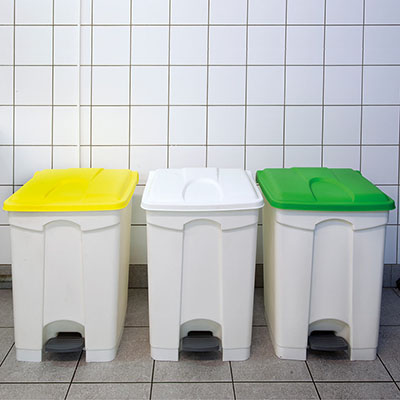
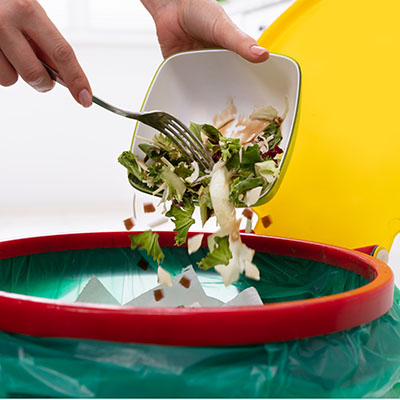
Engage your staff’s help to reduce food waste
Issues surrounding food waste are shared globally and you’ll find your staff will get on board with your efforts. Every step of the process to reduce food waste involves your team one way or another.
-
Explain your vision and what you would like to achieve with your staff.
-
Ask your team for ideas to reduce food waste. You’ll find they may come up with some innovative ideas based on their experience and observations in your business.
-
Set clearly defined goals and processes to achieve them. For instance, we are going to reduce the amount of bread and bread rolls wasted in our restaurant by disposing of them in dedicated bins. One bin will be for those trashed from storage to determine if it’s an inventory issue. Another bin will be for bread or bread rolls not eaten by customers to determine if it’s a menu issue. The goal is to reduce bread and bread roll wastage by 50% in three months.
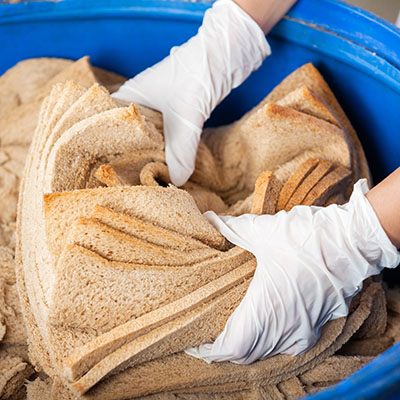
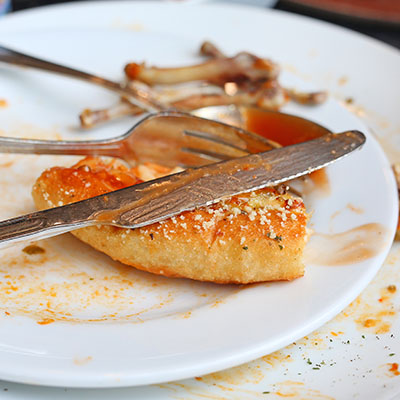
-
Report back to your team about the results. This may seem like a mundane practice adding to your busy schedule, but these simple activities may add up to significant savings on your spending over time. Keeping your team involved and up to date with the wins and losses about reducing food waste reminds them about the importance of food storage and preparation when they’re completing daily tasks.
Monitor for overproduction
Many restaurants batch prepare to save time and money however this can result in considerable food wastage when not managed appropriately. Cook-to-order saves huge amounts of money in the long term and there is equipment to help facilitate this in our catalogue. They are an investment but the money they could save you in the long term far outweighs the losses you’re experiencing with overproduction.
Ensure your kitchen has the appropriate utensils and equipment to complete the job efficiently with as little wastage as possible.
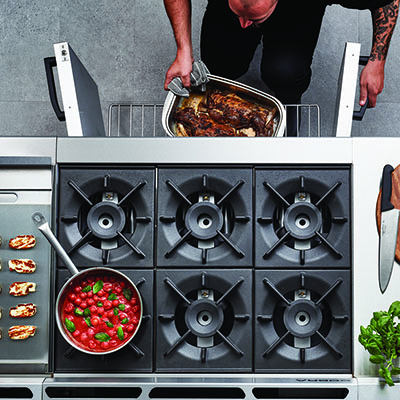
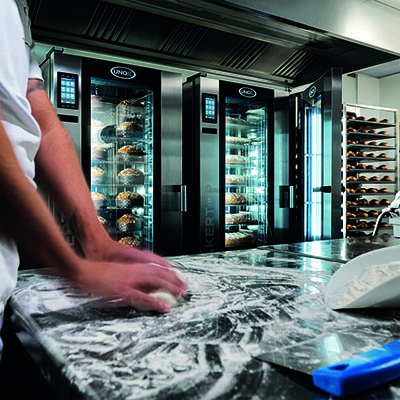
Composting is key
Food waste is so much more valuable in a garden than it is in a bin. Engage a local farmer or community garden or consider investing in your organic garden to grow your goods. Food that ends up in a bin is a wasted expense so investigate alternate means of investing your excess ingredients, or off-cuttings, to save you money in the long term.
Prepare to provide doggy bags
It’s not a sexy term but doggy bags are a key component to reducing food wastage and offering your customers a little something extra for their patronage. Have takeaway containers on hand should your guest want to take away their remaining meal. Go that extra mile and have a special message printed on your food packaging thanking your customers for visiting your business.
Be sure to check out regulations regarding packaged food to ensure you’re meeting all requirements for food safety.
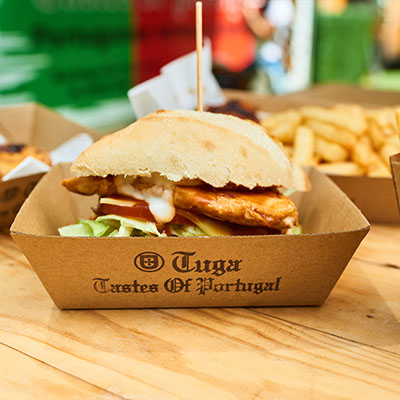
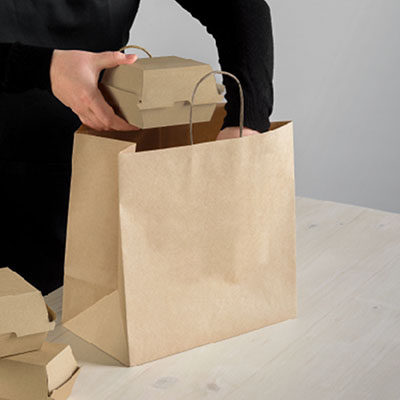
Donate to a local charity
Did you know, there is enough food in the world to feed everyone? Yet, so much food produced in commercial kitchens ends up in the bin. It’s a waste of money and a troubling thought given the number of people who go to sleep hungry every night.
One-third of all food produced is lost or wasted – around 1.3 billion tonnes of food costing the economy close to $940 billion each year. However, one in nine people (793 million people globally) doesn’t have enough to eat and are undernourished. (Ozharvest, 2016)
There are many struggling and/or homeless who would gladly accept your donations and there are charities around the country that facilitate this. Why throw food away when it can be provided as a donation to someone who needs it? If you have a crisp record-keeping system, your accountant will no doubt have a plan for you to obtain tax offsets for your donations. So why throw your food in a bin when you can provide it to those who need it?
Be sure to utilise appropriate containers and clearly label them with ‘donate before’ stickers to help the staff determine what is suitable for donation. Some cost-effective and suitable options for storage and labelling for you to consider are:
280ml Container & Lid

Both sold in packs of 50.
$0.20 per container with lid* |
500ml container & lid
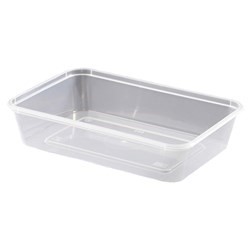
Both sold in packs of 50.
$0.22 per container with lid* |
750ml container & lid
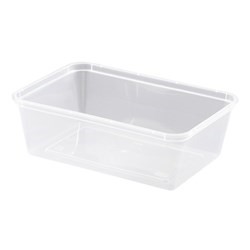
Both sold in packs of 50.
$0.24 per container with lid* |
1000ml container & lid
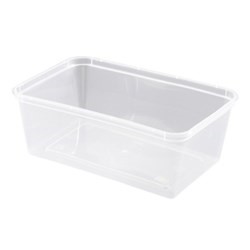
Both sold in packs of 50.
$0.26 per container with lid* |
Use by Labels

Sold in packs of 500.
$0.09 per label* |
Plastic forks
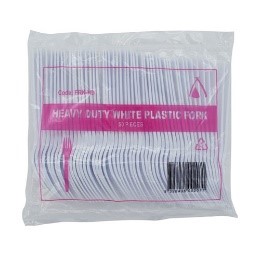
Sold in packs of 50.
$0.09 per fork* |
Plastic knives
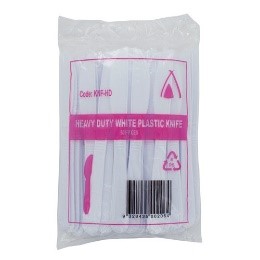
Sold in packs of 50.
$0.09 per fork* |
Plastic spoons

Sold in packs of 50.
$0.09 per fork* |
* Pricing as at time of publication of this article
Reward Hospitality helps reduce food waste
We hope we’ve provided some inspiration to help your business reduce food waste. This isn’t a conclusive list and there are many more practical and genius concepts. Sustainability and reducing food waste are popular topics and social responsibility is important to clients. Once you implement processes to minimise your food waste, don’t be afraid to promote your endeavours with your customers. They’ll be impressed by your work and it will develop their loyalty to your brand.
Take the time to browse our catalogue. There’s an array of products that will benefit your efforts to reduce food waste and save your business money. We also have a team of experts available to assist if there’s a specific product you need, or if you’re not quite sure what you are looking for.